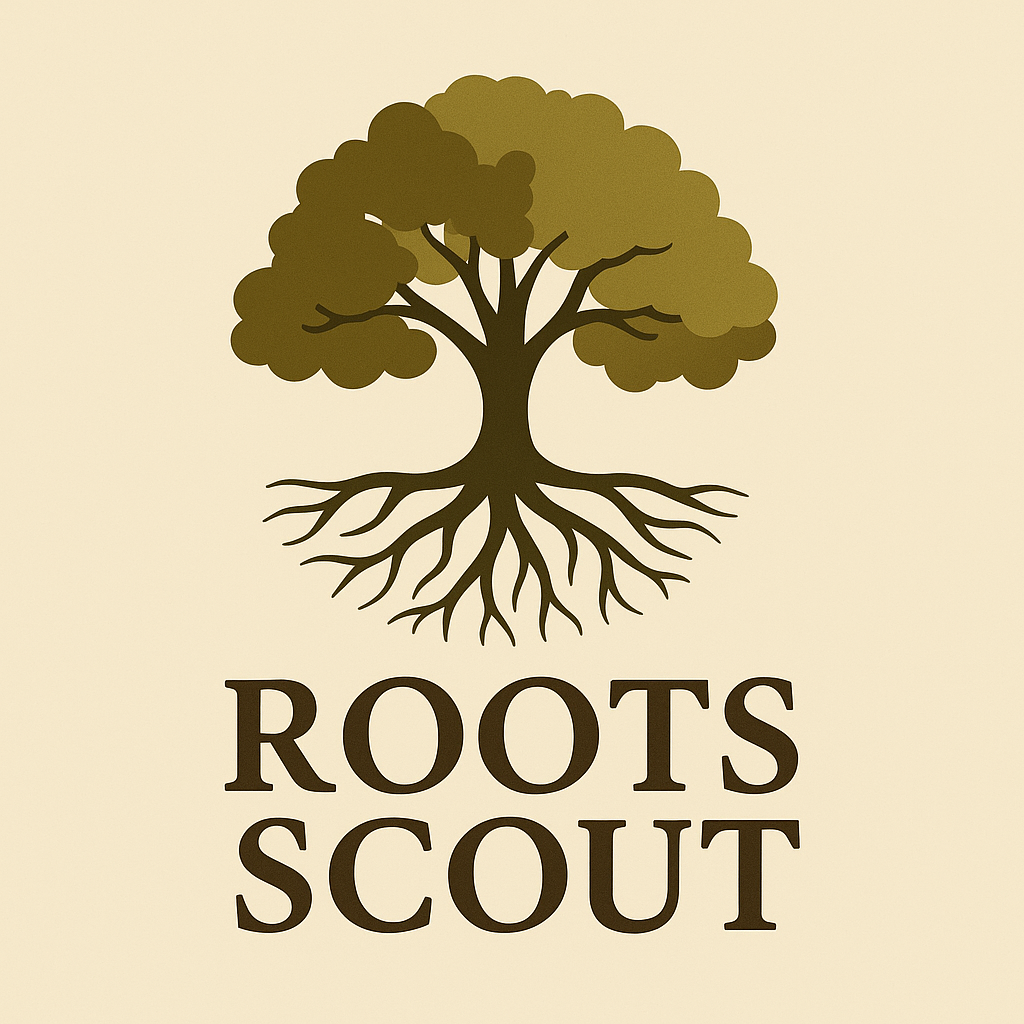In the 1860s, on Virginia’s Eastern Shore, the Nottingham name appears more than once on the same Union muster rolls. Southey Ezekiel Nottingham—born about 1815 near Capeville, Northampton County—was enslaved for much of his life. He farmed when he could. And when the chance came to fight for freedom, he and two of his sons answered together.

Recruiting for the 10th United States Colored Infantry (USCT) swept through the lower Chesapeake in late 1863–early 1864. The regiment organized at Camp Craney Island (near Portsmouth) and then operated on Virginia’s Eastern Shore with posts at Drummondtown (now Accomac). From there the 10th USCT shifted into the main Virginia campaigns, including Butler’s operations against Petersburg and Richmond. Virginia Historic Resources
At City Point—the vast riverside lifeline of the Union siege—the 10th USCT took on the unglamorous but vital work of guarding wharves, rail lines, depots, and roads feeding Grant’s army. City Point wasn’t just a dot on a map; it was the engine room of the Union war effort, a sprawl of docks, warehouses, hospitals, and tracks that kept men alive and the siege moving. FamilySearch

They also saw combat. On May 24, 1864, USCT regiments, including the 10th, held the earthworks at Wilson’s Wharf (Fort Pocahontas) against a Confederate cavalry attack. The victory sent a message: United States Colored Troops would hold the line—any line—under fire. WikiTree
Father and sons on the same regiment’s rolls
That larger story becomes intimate when we read the names. Period rosters for the 10th USCT list:
-
JAY NOTTINGHAM
-
EZEKIEL JOHNSON
-
SOUTHEY NONIGAN (a period spelling variant of Nottingham often seen on the Eastern Shore)
All three appear under the 10th USCT in compiled lists of soldiers. The variant “Nonigan” shows up frequently for Nottingham in Civil War–era documents and local records. Cameron Art Museum
Family tradition and local records place Jay Nottingham (b. 1837) and Ezekiel Johnson (b. 1840) as Southey’s sons, raised in and around Eastville. After the war, the family surfaces in federal census returns in Northampton County—farmers and carpenters trying to make a peacetime living. Southey died on June 12, 1887, in Northampton County; Sarah (Bailey) Nottingham lived until 1894. Fold3Enduring Connections
The heart of it
It’s one thing to say “the 10th USCT guarded City Point” or “held the line at Wilson’s Wharf.” It lands differently when we picture a father and his two sons in the same blue cloth—three names inked on the same regiment’s rolls—moving from the Eastern Shore to City Point, from picket posts to pitched earthworks, and then back to Eastville alive. Many families were not so fortunate. In this family’s case, they all lived—they all came home. That is the miracle and the message.

Freedom wasn’t abstract to them. It was a uniform, a rifle, a paybook with a name (even misspelled), and the feel of home when the road finally pointed back to Northampton County
Sources & Further Reading
-
10th U.S. Colored Infantry overview: organizing at Craney Island; duty on Virginia’s Eastern Shore; subsequent operations against Petersburg/Richmond. Virginia Historic Resources
-
City Point (Hopewell, VA) as the Union’s supply base and the role of USCT in guarding depots, tracks, and wharves. FamilySearch
-
Wilson’s Wharf / Fort Pocahontas (May 24, 1864): 1st and 10th USCT held the works against Confederate cavalry. WikiTree
-
USCT compiled roster list including Jay Nottingham, Ezekiel Johnson, and Southey (spelled Nonigan) under the 10th U.S. Colored Troops. Cameron Art Museum
-
Family context (lifespan and Northampton residence) drawn from consolidated family-history profiles for Southey Nottingham and Jay Nottingham. Enduring ConnectionsFold3
Editor’s note on name variants: On the Eastern Shore in this era, “Nottingham” often appears as “Nonigan/Nonningham” in muster lists and civil records; cross-checking ages, places, and family links helps reconcile these into one family.

Comments (0)
No comments yet. Be the first to comment!